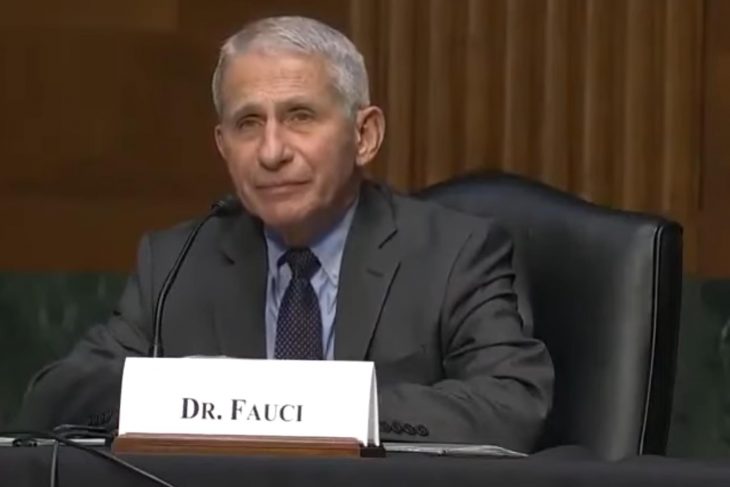
Claim
Indian scientists at the following institute and university wrote a paper on the Novel Coronavirus:
- Kusuma School of biological sciences, Indian institute of technology, New Delhi-110016, India
- Acharya Narendra Dev College, University of Delhi, New Delhi-110019, India
They were identified as the following people:
- Prashant Pradhan
- Ashutosh Kumar Pandey
- Akhilesh Mishra
- Parul Gupta
- Praveen Kumar Tripathi
- Manoj Balakrishnan Menon
- James Gomes
- Perumal Vivekanandan
- Bishwajit Kundu
The paper was called “Uncanny similarity of unique inserts in the 2019-nCoV spike protein to HIV-1 gp120 and Gag” and can be found here on a bioRxiv server:
https://www.biorxiv.org/content/10.1101/2020.01.30.927871v1.full
They used the following tools to come to a conclusion:
- NCBI viral genome database (https://www.ncbi.nlm.nih.gov/)
- GISAID (Elbe & Buckland-Merrett, 2017)[https://www.gisaid.org/]
- MUSCLE software (Edgar, 2004)
- MEGAX software (Kumar et al., 2018)
- Multalin software (Corpet, 1988)
- BLASTp and BLASTn
- WISS-MODEL online server (Biasini et al., 2014)
- PyMol (DeLano, 2002)
Their conclusion was that the Novel Coronavirus SARS-COV-2 (2019-nCov) had inserts in it mapped to short segments of amino acids in the HIV-1 virus.
Snopes Rating – False

Our Rating – True

Justification
The methodology for the experiment was sound and the despite this being a pre-print of a scientific paper that had not yet been peer reviewed, the only review comments made that caused the paper to be withdrawn were about the language used in the discussion, and there being similarities between HIV-1 inserts and other organisms inserts.
There was no criticism of the method, the collection of the test data or the tools used, and their computer aided results obtained .
Instead the following critisism was made in: “https://www.statnews.com/2020/02/03/retraction-faulty-coronavirus-paper-good-moment-for-science/”
The use of the word “uncanny” in the title, together with “unlikely to be fortuitous”
The author’s methods seemed rushed, and the findings were at most a coincidence
Neither of these reasons by an unknown reviewer are addressing the data or the findings. They simply chastise the authors for some non-scientific terms being used.
Further criticism was made by Arinjay Banerjee in:
No, “HIV insertions” were not identified in the 2019 coronavirus, contrary to claims based on questionable bioinformatics study
The critique in this piece is that the HIV protiens identified were common to other viruses and thus could not be conclusively shown to be HIV.
indeed it has high identity to the HIV gp120/gag. However, the authors chose to align only this small region and not do a basic check on whether there were other sequences which were also homologous (showing high degree of similarity/identity). As it turned out, the region is also homologous to many unrelated sequences. As such, the conclusions drawn from the data are no longer valid
However HIV had not been ruled out either by this thought process, so the comments were a distraction rather than a real objection.
So we have some vague hand wavy excuses for why the paper was invalid. The following things by virtue of not being part of the review are thus considered to be correct and true:
- The correct virus sequences were obtained and were correctly processed
- The correct tools were used to process the sequences to arrive at a computer assisted conclusion
- The tools were used correctly producing output that is consistent with reviewing scientists expectations
- The virus has unnatural inserts that a bat coronavirus wouldn’t normally have
- The amino acid inserts do resemble those found in HIV-1
Evidence
The paper is archived here for reference:



